- Given that countries along the transport corridor have a positive attitude towards the Belt and Road, it is difficult to achieve
- Many factors affect the stability, promotion and benefit of INSTC construction, and the construction prospect of this project is not optimistic
Iran and India plan to accelerate the implementation of the International North-South Transport Corridor project to boost trade with Russia. Recently, there has been a lot of news about INSTC, an idea proposed more than 20 years ago that is accelerating after a long period of stagnation. A number of media comments said that after the completion of the INSTC connecting many countries in Europe and Asia, it may become a substitute for the Suez Canal, while reshaping the regional political and economic order. It is believed that Russia and Iran see this international transport route as one of the breakthrough points to break Western sanctions, while India sees it as an important tool to increase its economic and political influence and counter the Belt and Road Initiative. Analysts generally believe that, given that countries along the transport corridor have a positive attitude towards the Belt and Road, even if India has such a subjective intention, it is difficult to achieve. So, what are its chances of winning this big game of geopolitics that it hopes to leverage with INSTC?
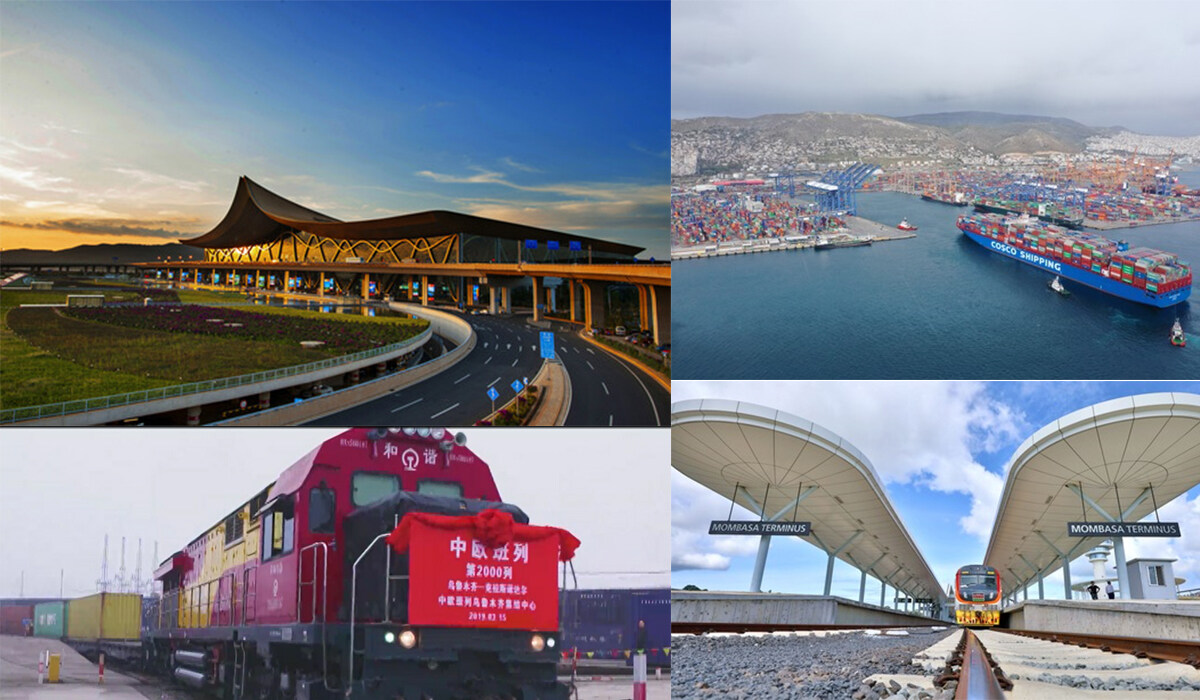
Although India has been the most active in promoting the construction of the INSTC in order to obtain new and huge strategic dividends in the geopolitical and economic fields, Russia's dominant control over the construction of the corridor, the uncertainty of Iran and the possibility of infiltration by extremist forces, and the intensification of strategic competition among major powers have been a variety of factors. Coupled with inefficient execution, limited capital investment, poor infrastructure and technical support bottlenecks are difficult to break through, and the world economic downturn continues to have a variety of impacts on relevant countries, all of which affect the stability, promotion and efficiency of INSTC construction from different aspects, and the construction prospect of this project is not optimistic. Editor/Xu Shengpeng
Comment
 Praise
Praise
 Collect
Collect
 Comment
Comment
 Search
Search


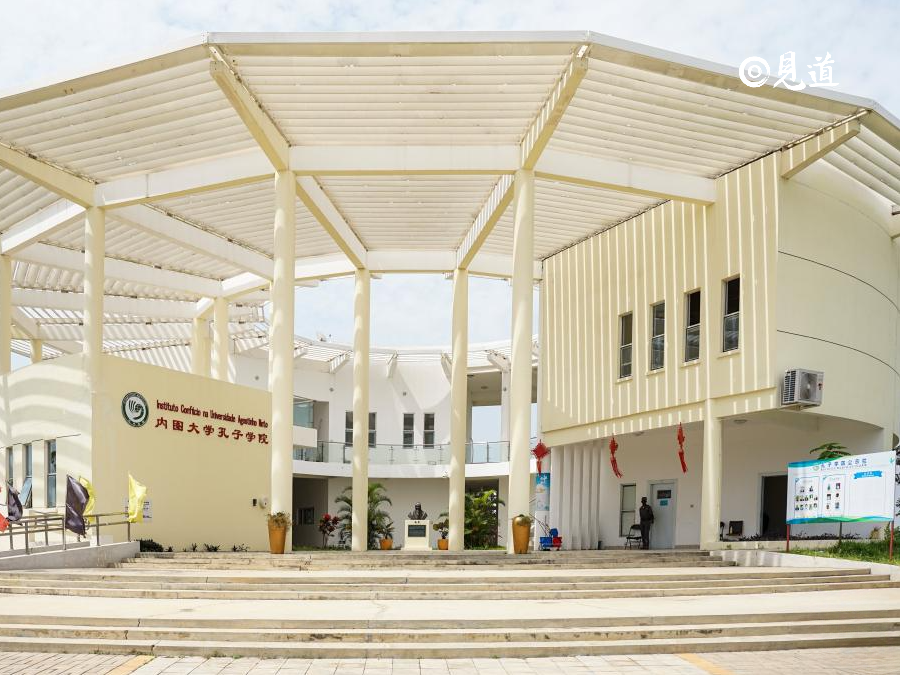

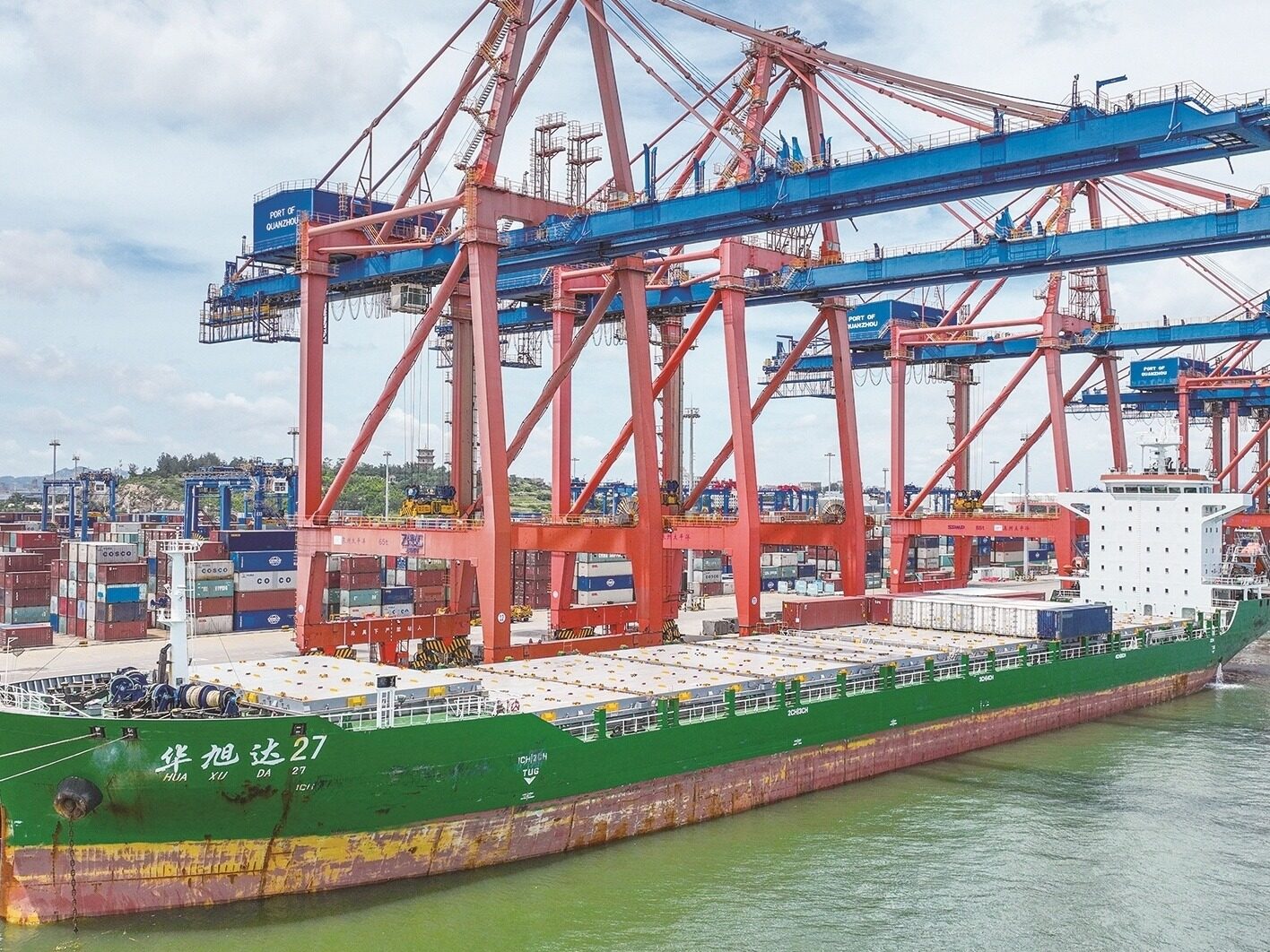
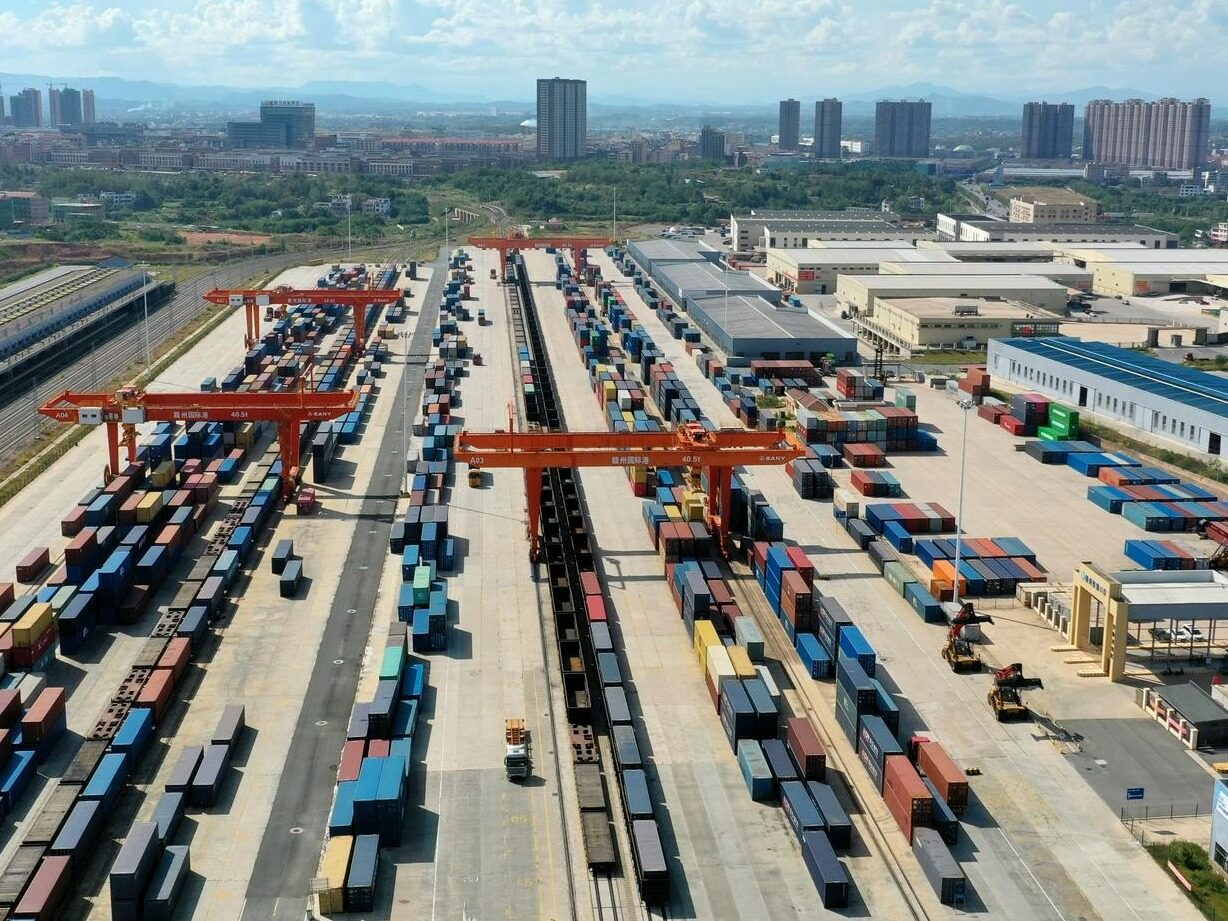
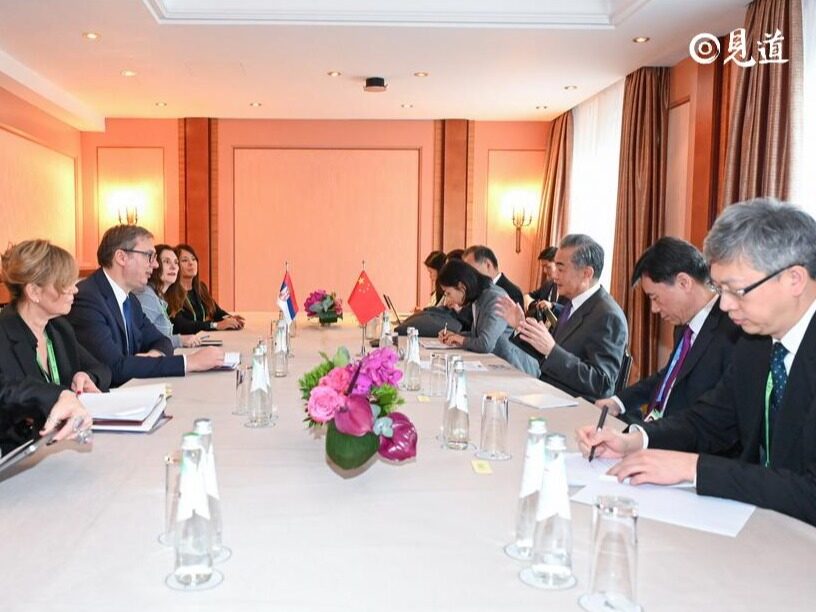
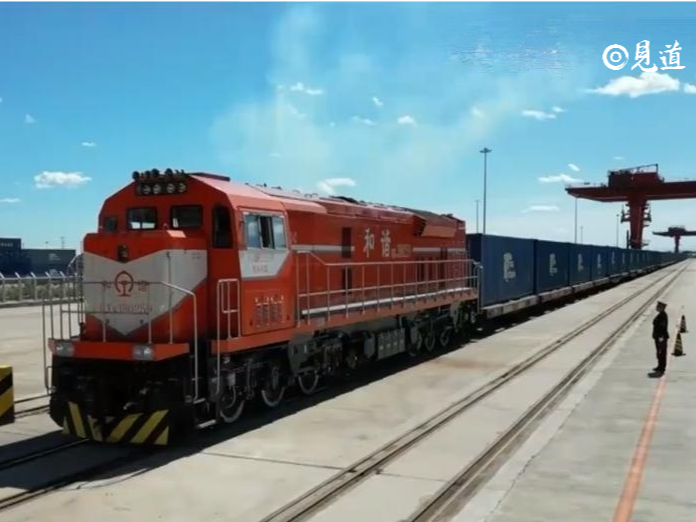






Write something~